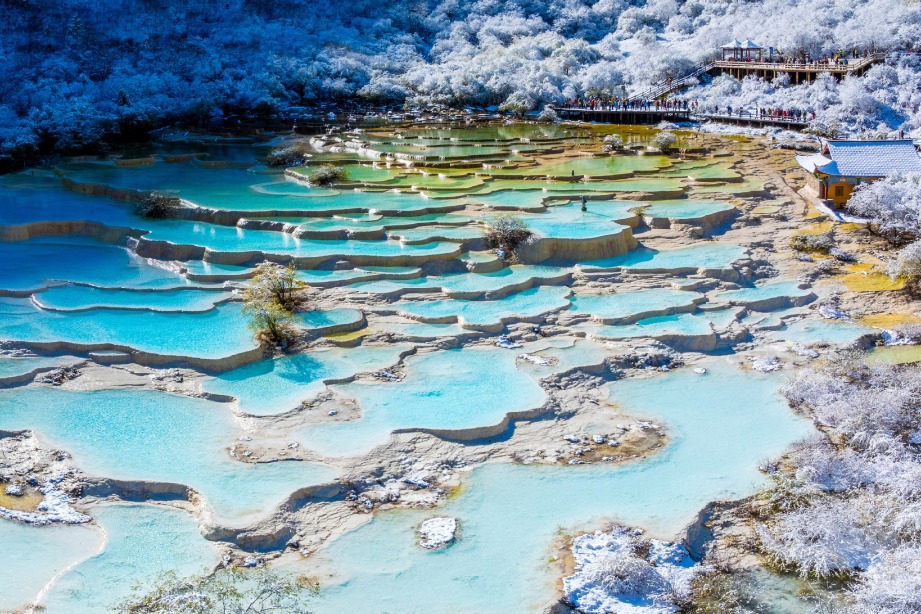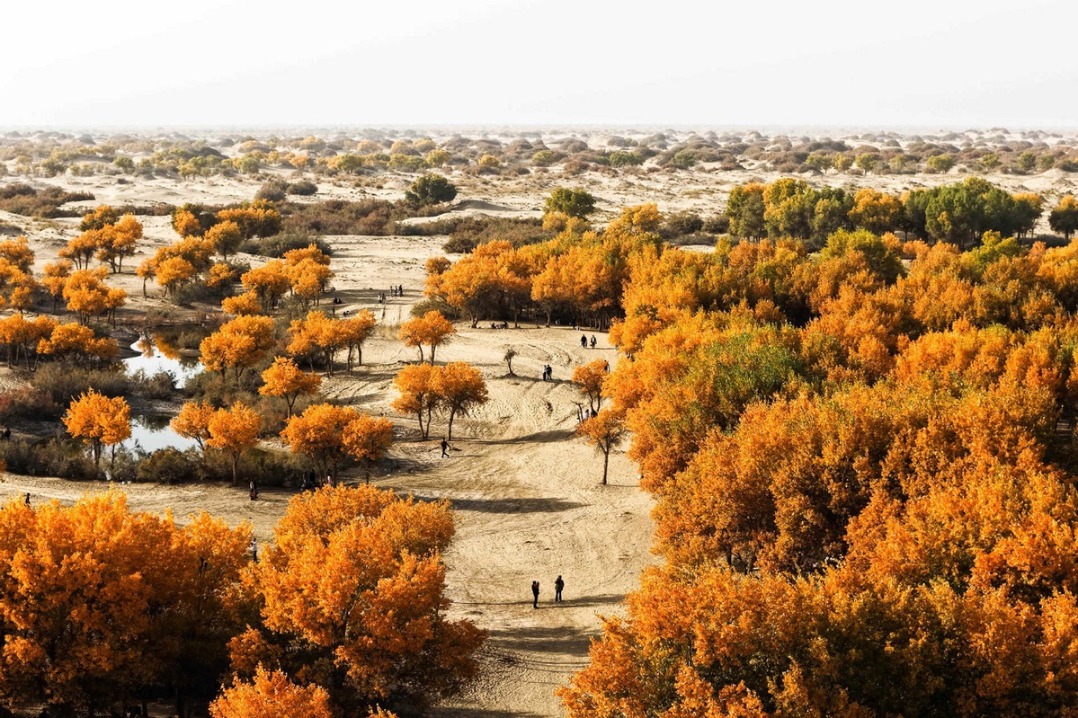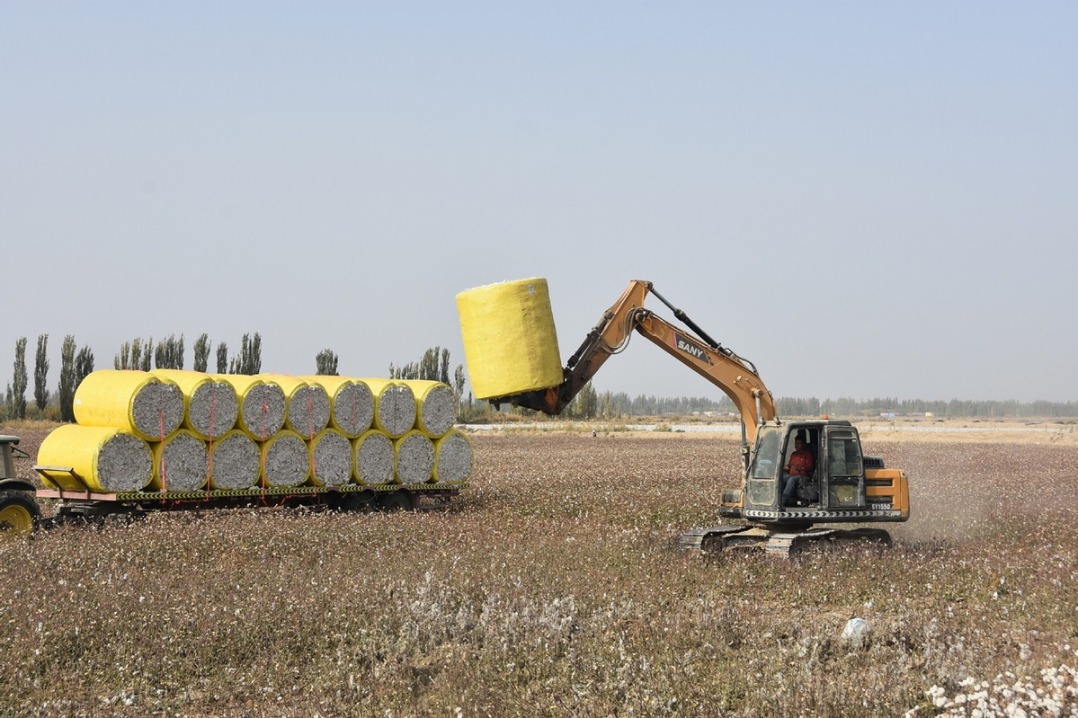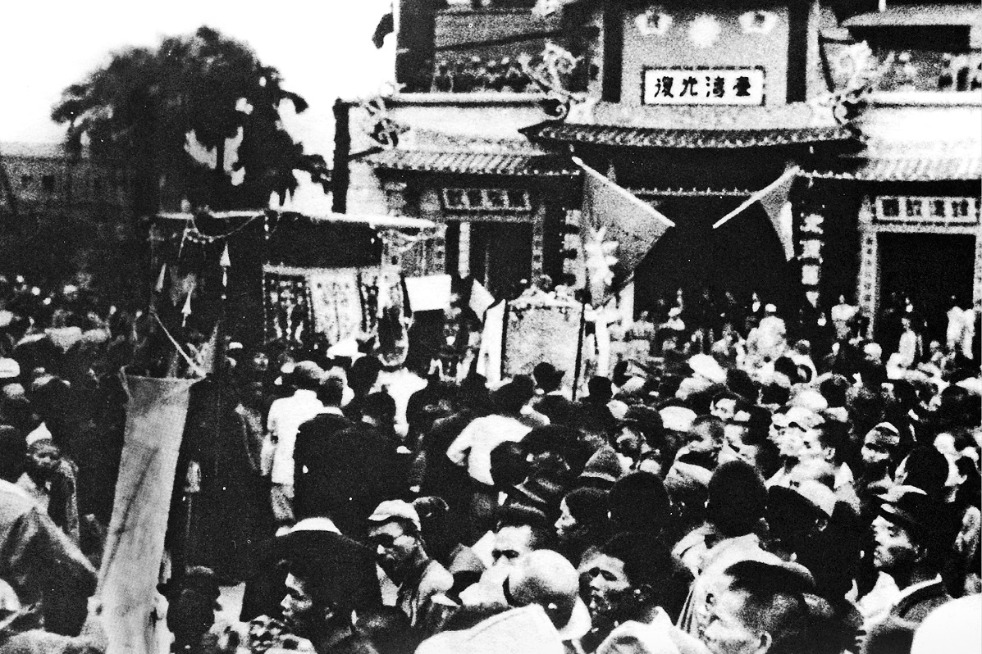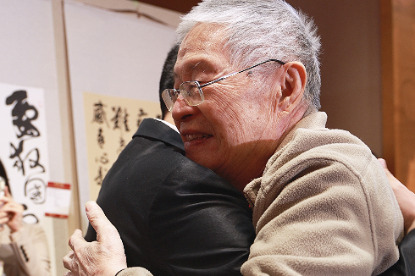Da Mag group sees incomes and status rise after becoming part of New China

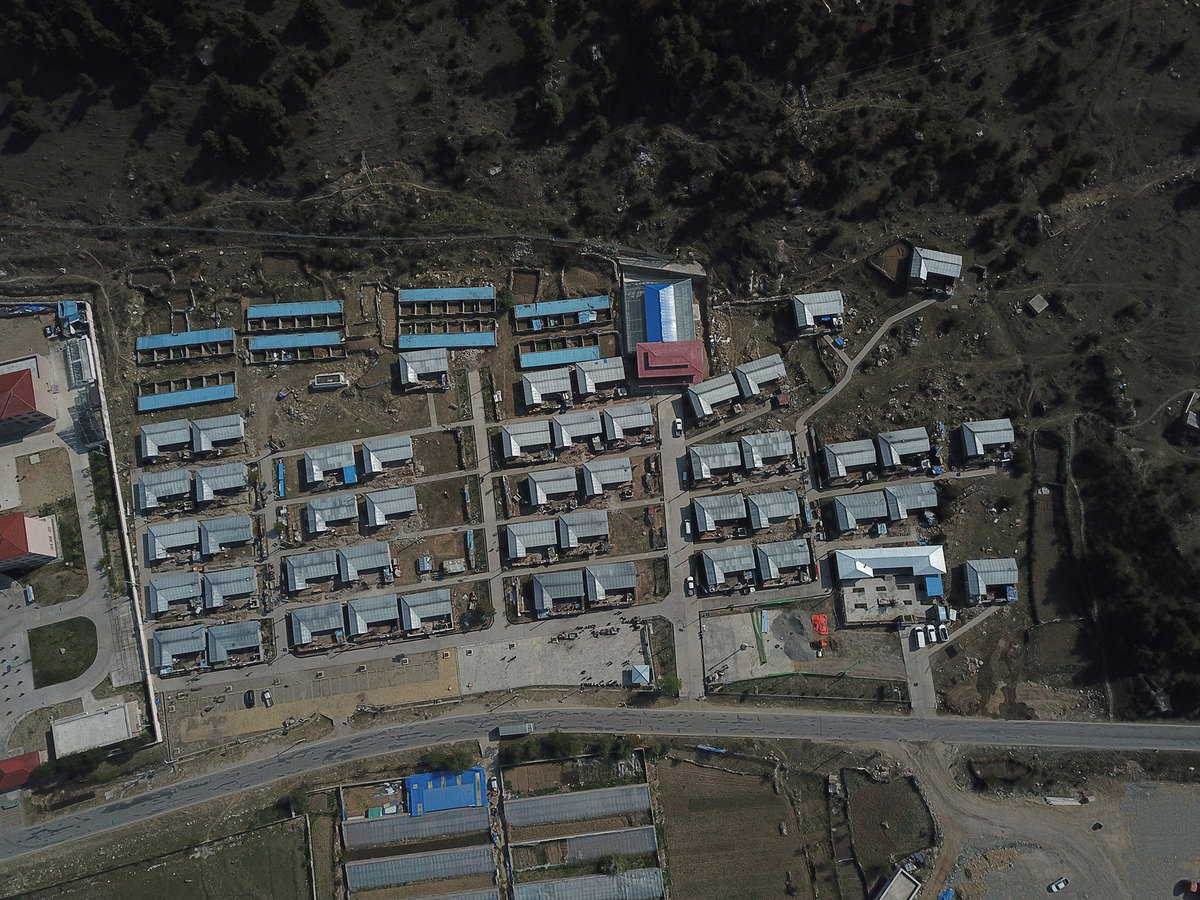
Turning point
Dradul's chance came on May 26, 2003, when the State Council, China's Cabinet, officially approved the Da Mag people's application for citizenship.
Forty-seven households with 86 people were issued with identity cards and household registration documents, known as hukou, which confirmed they were now officially Chinese.
It's difficult to trace the start of the process, but one thing that is certain is that a woman named Dekyi, who was a high-level official in the Shigatse government, played a key role in the people's naturalization.
After that, an entirely new settlement - Da Mag village - appeared in Gyirong county, and sweeping changes have taken place in every aspect of the people's lives.
"I was thrilled and extremely happy to hear that we had got Chinese citizenship, which meant we could go to school and be treated equally," said Dradul, who was 11 years old when he became a Chinese citizen.
Supported by the government, he finished nine years of compulsory education in 2012.
Later, he was one of the first three students from the Da Mag group to leave Tibet and study in the northeastern province of Jilin, which boasted higher-quality educational resources. After graduating from Tonghua Normal University, he returned to the village and became a kindergarten teacher.
Today, every school-age child in the village is enrolled in the education system.
From preschool to senior high school, compulsory education now lasts 15 years, and if a Da Mag person gains a place at a university, he or she receives subsidies and are exempt from paying fees.
Their parents all own houses, too. In 2004, the regional government spent 1.47 million yuan to build homes for all the households in the village, which numbered 49 at the time.
On Sept 18, 2011, the village was severely damaged after an earthquake in nearby India. In response, a 5.64 million yuan post-disaster reconstruction project was started to rebuild every house and strengthen the roads.
In addition, a small square, rows of cowsheds and 14 vegetable greenhouses were built, and solar-powered street lamps were installed.
As border residents and herdsmen, the villagers receive living subsidies every year. Since 2016, villagers ages 16 to 65 have been offered environmental protection jobs as part of the nation's efforts to eradicate poverty.
In total, each adult villager can claim an annual allowance of about 10,000 yuan through government subsidies.
Moreover, they can seek jobs in places they could not reach before, such as Shigatse, Lhasa, the regional capital, and even cities farther away in provinces such as Sichuan or Gansu. Those who stay at home can find work as truck drivers, collectors of medicinal herbs, craftsmen or porters.
The village is now home to 195 people in 58 households, and every resident is covered by basic medical insurance and endowment insurance.
- With eyes toward shared development, Mayor's forum kicks off in Zhengzhou
- Baoting positions itself as model for COP30 climate action
- Xiong'an bonded store offers affordable global shopping
- Over 1,600 delegates attend regenerative medicine conference in Wuhan
- Beijing steps up winter heating preparations
- 2025 Xinjiang Tacheng Baktu Forum opens, strengthening regional cooperation
















